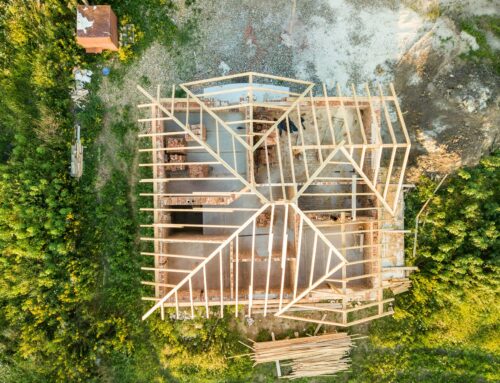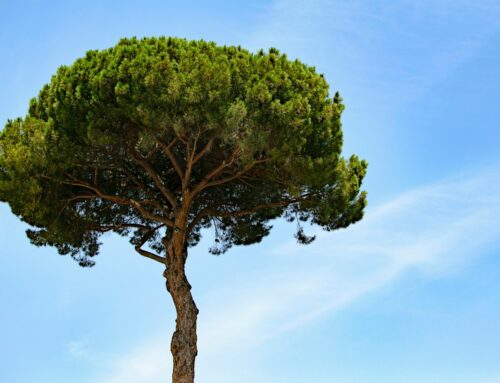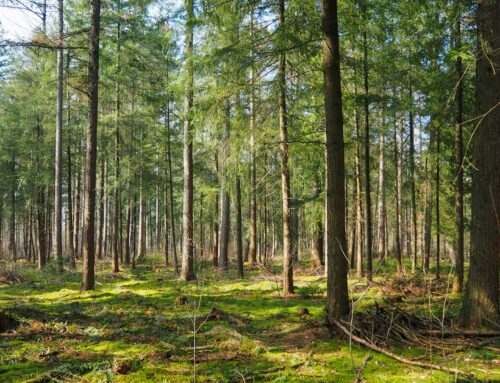Your property’s landscape is more than just an aesthetic element; it is an essential aspect of overall property management and safety. Dead, dying, or fallen trees and unremoved stumps are not only unsightly but can also pose various financial, environmental, and safety risks to homeowners. JNP Tree Removal, LLC, a reputable tree service provider based in Bridgeport, Connecticut, understands the importance of addressing tree-related concerns in a timely manner. With years of professional experience in removing hazardous, dead, and fallen trees and grinding stumps, the JNP team serves the entire Fairfield and New Haven County, ensuring a well-maintained and safe landscape for homeowners.
In this blog post, we will examine the diverse consequences of neglecting dead, dying, or fallen trees and unremoved stumps. We aim to provide educational, informative, and unique insights into why proper tree maintenance is crucial for preserving your property’s value, safety, and environmental health. Additionally, we will discuss how JNP Tree Removal, LLC’s expertise in tree removal, stump grinding, and seasonal cleanups can assist homeowners in maintaining a pristine, hazard-free landscape. By understanding the costs associated with neglecting these issues, you can make informed decisions to minimize risks and optimize your property’s overall appeal and safety.
1. Financial Implications: Repair Costs and Property Value Reduction
Ignoring dead, dying, or fallen trees and unremoved stumps can lead to several financial repercussions that can be easily avoided with proactive tree care. Consider the following potential costs:
– Repair Expenses: Fallen limbs or trees can cause significant damage to your property, such as broken fences, damaged roofs, or crushed vehicles, leading to expensive repairs.
– Reduced Property Value: Neglected landscapes with dead trees or stumps can negatively impact your property’s curb appeal and overall value, reducing your return on investment when it comes time to sell.
– Liability: If a dead or dying tree falls and causes injury or property damage beyond your property line, you could be held financially liable for damages, leading to unexpected legal and financial issues.
By enlisting professionals like JNP Tree Removal, LLC, you can address potential hazards before they escalate, saving you money and ensuring the ongoing value of your property.
2. Environmental Hazards: Ecosystem Imbalance and Resource Availability
Dead, dying, or fallen trees and unremoved stumps can disrupt your property’s ecological balance and create potential environmental hazards. Consider these potential consequences:
– Pests and Disease: Neglected trees and stumps create ideal breeding grounds for pests and can harbor diseases that might spread to healthy trees in your landscape.
– Competition for Resources: Dead or dying trees continue to siphon valuable resources, such as water and nutrients, from the soil, limiting the availability of these resources for healthy plants and trees in your landscape.
– Erosion and Soil Disruption: Stumps with decaying root systems can cause soil disruption or erosion, leading to potential damage to your property’s infrastructure, including walkways, driveways, and retaining walls.
Proactive tree care, including the removal of dead, dying, or fallen trees and stump grinding, helps you maintain a healthy, balanced ecosystem on your property.
3. Safety Hazards: From Falling Limbs to Concealed Dangers
Ignoring tree-related issues can put your safety, as well as the safety of your property’s visitors, at risk. These hazards may include:
– Falling Limbs or Trees: Dead and dying trees are more likely to shed branches or topple over entirely during storms or high winds, potentially causing injury or extensive property damage.
– Stump-Related Accidents: Unremoved stumps pose a tripping hazard and can damage lawn equipment or cause accidents during recreational activities in your yard.
– Fire Risk: Dry or decaying trees and stumps are more likely to catch fire during exceptionally dry conditions or through accidents, posing a significant hazard to your home and surrounding properties.
By addressing these dangers and working with JNP Tree Removal, LLC, you can help secure the ongoing safety of your home and its occupants.
4. Aesthetic Concerns: Diminished Landscape Appeal and Neighborly Relations
An unkempt landscape dominated by dead trees or unremoved stumps can impact the appeal and enjoyment of your outdoor space. Keep the following aesthetic concerns in mind:
– Curb Appeal: A well-maintained landscape is an essential part of your property’s curb appeal, which influences potential buyers’ interest and your home’s overall value.
– Neighbor Relations: Neglected trees or stumps are not only unsightly but can also become a point of contention among neighbors, potentially leading to strained relationships or even legal disputes.
– Pride of Ownership: A well-tended landscape is a source of pride for many homeowners, and addressing tree-related issues is vital for preserving your enjoyment of your outdoor space.
Investing in timely tree maintenance, including dead, dying, or fallen tree removal and stump grinding, enables you to enjoy a beautiful and conflict-free outdoor environment.
Conclusion
The consequences of neglecting dead, dying, or fallen trees and unremoved stumps are both far-reaching and potentially costly. However, by understanding the financial, environmental, safety, and aesthetic ramifications, you can make the informed decision to invest in proactive tree care and maintenance. JNP Tree Removal, LLC, a dependable and experienced tree service provider in Connecticut, Fairfield, and New Haven County, stands ready to help homeowners manage potential hazards, maintain beautiful landscapes, and protect their property’s safety and value. Reach out to our team today for expert guidance on tree removal, stump grinding, and seasonal cleanups, and ensure your landscape remains a safe, vibrant, and engaging space to enjoy.




